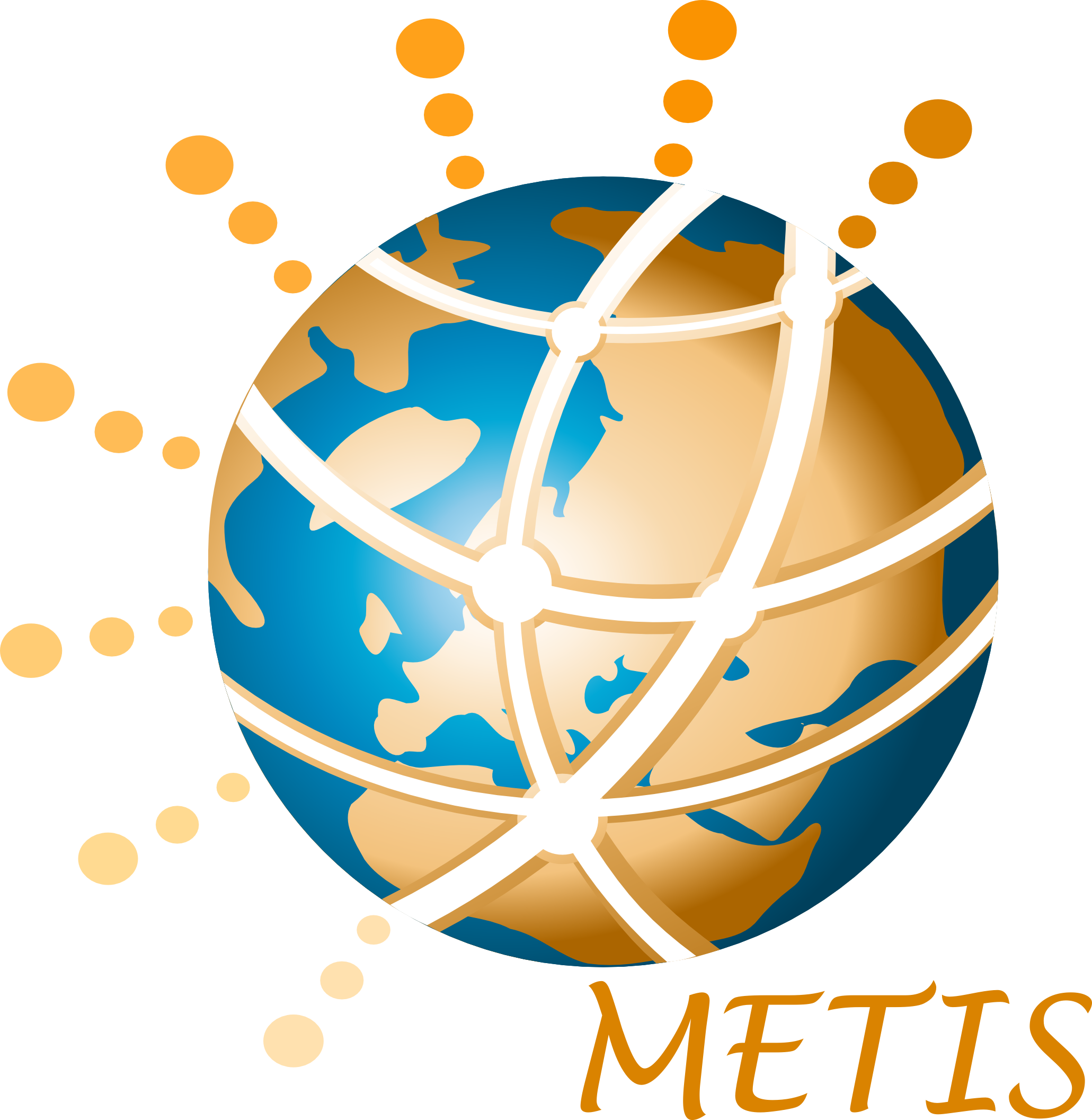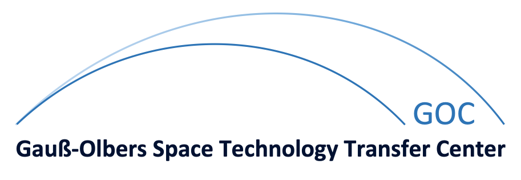METIS

Mobile and wireless communications Enablers for the Twenty-twenty Information Society
In 2020, mobile and wireless traffic volume is expected to increase thousand-fold over 2010 figures. Moreover, an increase in the number of wirelessly-connected devices to counts in the tens of billions will have a profound impact on society. Massive machine communication, forming the basis for the Internet of Things, will make our everyday life more efficient, comfortable and safer, through a wide range of applications including traffic safety and medical services. The variety of applications and traffic types originating from or reaching mobile, WLAN, and sensor networks, will be significantly larger than today, and will result in more diverse requirements on services, devices and networks.
METIS is set up by leading global players to prepare the migration from today's mobile systems, focused on human communications, towards tomorrow's multi-purpose global communication infrastructure, serving humans and things.
The main objective of METIS is to lay the foundation for, and to generate a European consensus on this future global mobile and wireless communications system. METIS will provide valuable and timely contributions to pre-standardisation and regulation processes, and ensure European leadership in mobile and wireless communications.
METIS will provide fundamentally new solutions which fit the needs beyond 2020. Research will be conducted on network topologies, radio links, multi-node, and spectrum usage techniques. Horizontal topics will be used to integrate the research results into a system concept that provides the necessary flexibility, versatility and scalability at a low cost. The METIS concept will be evaluated, and a roadmap will be generated.
The Department of Communications Engineering mainly focuses on two main topics: bi-directional relay assisted communication and efficent multiple access for massive machine commucation. For bi-directional relay assisted communication an IDMA-based approach will be theoretically analyzed with respect to the communication of multiple communiation pairs (flows) to optimize the system for future requirements like symmetric high data rates and low-latency communications. With respect to the multiple access for massive machine communication novel approaches based on advances in the field of compressed sensing will be explored to design multiple access schemes that minimize the required signalling overhead and latency for massive access of machine type devices that are expected for the future.
METIS is a strong European consortium, completed by selected non-European partners to ensure global harmonisation. The consortium gathers major telecommunication stakeholders; vendors, operators and
academic researchers, together with a new partner from the automotive industry to provide new insights.
More information is available on the METIS webpage.
Details
| Duration: | 11/2012 - 04/2015 |
| Funding: | European Union |
| Research Focus: |
Cooperative Communication
Compressive Sensing in Wireless Communications Communications - special topics |
| Subsequent: | TACNET 4.0 |
Publications

-
Massive Machine-type Communications in 5G: Physical and MAC-layer solutions
BibTEX
C. Bockelmann, N. Pratas, H. Nikopour, K. Au, T. Svensson, Č. Stefanović, P. Popovski, A. Dekorsy
IEEE Communication Magazine, Vol. 54, No. 9, pp. 59 - 65, September 2016 -
Relaying and Wireless Network Coding
BibTEX
E. de Carvalho, M. Bengtsson, F. Lenkeit, C. Bockelmann, P. Popovski
Chapter in 5G Mobile and Wireless Communications Technology, Cambridge University Press, April 2016 -
The 5G Radio-Access Technologies
BibTEX
M. Schellmann, P. Weitkemper, E. Lähetkangas, E. Ström, C. Bockelmann, S.B. Slimane
Chapter in 5G Mobile and Wireless Communications Technology, Cambridge University Press, April 2016 -
Spectrum Sharing for MTC Devices in LTE
BibTEX
Y. Beyene, N. Malm, J. Kerttula, L. Zhou, K. Ruttik, R. Jäntti, O. Tirkkonen, C. Bockelmann
IEEE DySPAN 2015, Stockholm, Sweden, 29. September - 2. October 2015 -
Compressive Sensing for MTC in New LTE Uplink Multi-User Random Access Channel
BibTEX
Y. Beyene, C. Boyd, K. Ruttik, C. Bockelmann, O. Tirkkonen, R. Jäntti
IEEE AFRICON 2015, Addis Ababa, Ethiopia, 14. - 17. September 2015 -
Iterative Soft Interference Cancellation for Sparse BPSK Signals
BibTEX
C. Bockelmann
IEEE Communication Letters, Vol. 19, No. 5, pp. 855 - 858, May 2015 -
Compressed Sensing Based Multi-User Detection with Modified Sphere Detection in Machine-to-Machine Communications
BibTEX

Y. Ji, C. Bockelmann, A. Dekorsy
10th International ITG Conference on Systems, Communications and Coding (SCC 2015), Hamburg, Germany, 2. - 5. February 2015 -
Characterization of Coded Random Access with Compressive Sensing based Multi-User Detection
BibTEX

Y. Ji, Č. Stefanović, C. Bockelmann, A. Dekorsy, P. Popovski
IEEE Globecom 2014, Austin, TX, USA, 8. - 11. December 2014 -
IRA Code Design for IDMA-based Multi-Pair Bidirectional Relaying Systems
BibTEX

F. Lenkeit, C. Bockelmann, D. Wübben, A. Dekorsy
9th International Workshop on Broadband Wireless Access, co-located with IEEE Globecom 2013, Atlanta, GA, USA, 9. - 13. December 2013 -
Improving Greedy Compressive Sensing Based Multi-User Detection with Iterative Feedback
BibTEX

H. Schepker, C. Bockelmann, A. Dekorsy
2013 IEEE 78th Vehicular Technology Conference (VTC2013-Fall), Las Vegas, USA, 2. - 5. September 2013








